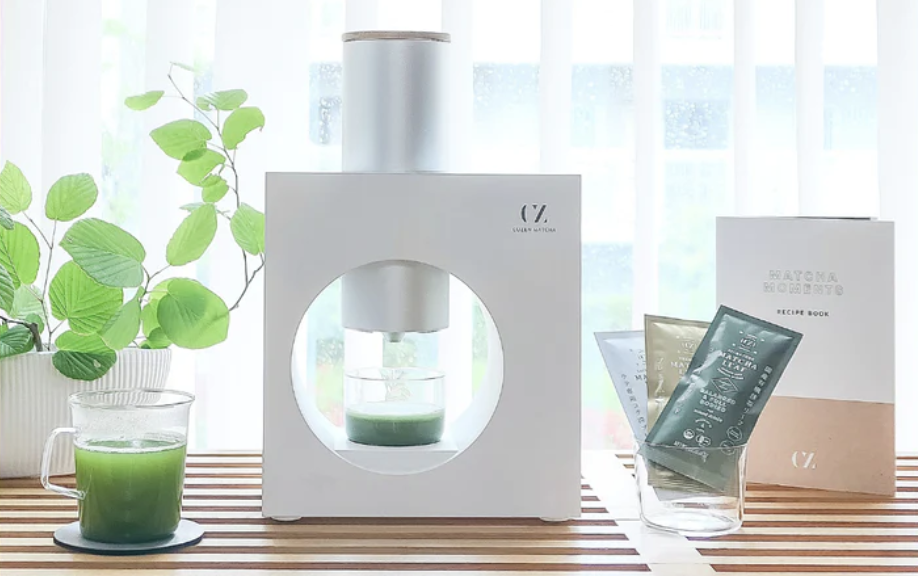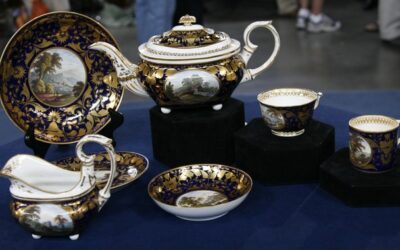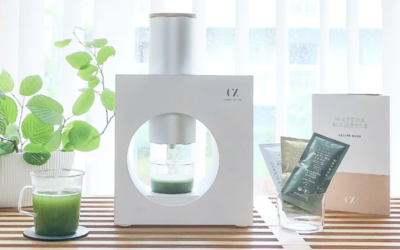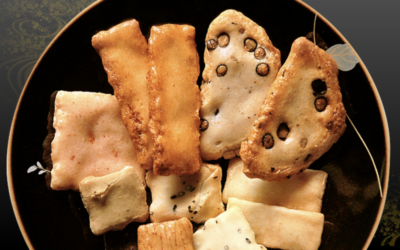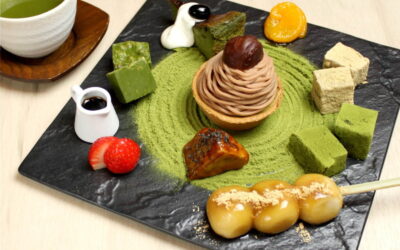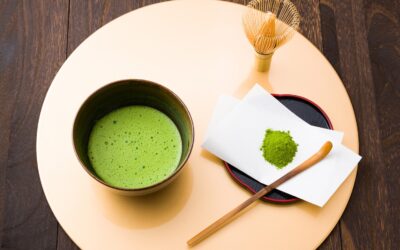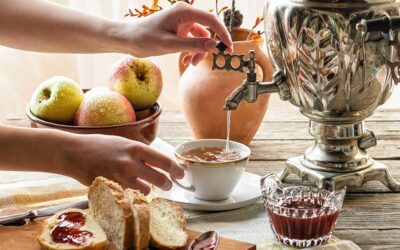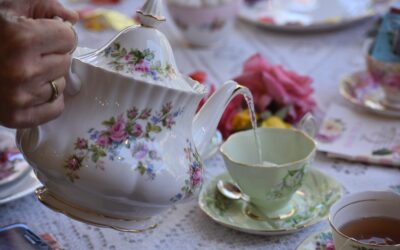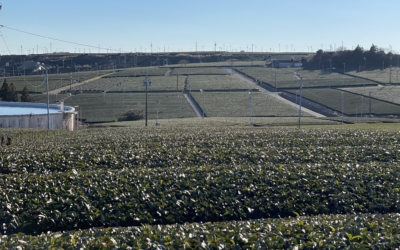Matcha is an essential part of the tea ceremony in Japan and a superfood in the U.S., but the shape, “powder” has made it difficult for them to drink. However, a passionate man with a machine is trying to change this common belief.
Matcha is Energy Drink?
Matcha in the U.S.
After the closing of APEC in Japan in 2020, the president Obama then visited Kamakura, whiere he bought beads to ward off evil spirits as souvenirs for his daughters, and also ate a stick of matcha ice cream.

The Great Buddha of Kamakura that Obama visited in 2020
This ice cream seemed to be a special memory from when his mother brought him to Kamakura in his childhood. Like this, Japanese matcha has a great influence not only in the tea ceremony but especially as a flavor for desserts. For example, Starbucks in Japan includes “Matcha Latte” in the standard menu.
However, Americans mix matcha with soda or make it into cocktails as a health or energy drink, because they know that matcha is a “Superfood” that is high in healthy nutrients but low in calories.
Catch up on the Matcha Circumstances in the U.S.
When Eijiro Tsukada, current CEO of World Matcha Inc., was concerned with the business development of IYEMON CHA in the U.S. while at SUNTORY, He had realized that matcha had great potential in the caffein-drink sector of the U.S.
The top caffein beverage is, of course, coffee, which caffeine is fast-acting, but it is also metabolized quickly, so its effects quickly diminish. In contrast, matcha has a delayed effect caffeine and also the amino acid “theanine”, which is known to reduce stress.
Above all, the fact that matcha is being enjoyed by the younger generation, such as the Generation Y or Generation Z, has given him the imagination that matcha could replace coffee.
Why don’t matcha lovers drink matcha at home?
Nevertheless, it is doubtful that matcha is popular in the U.S. It is not orderly arranged on the shelves of every supermarket like Diet Coke in plastic bottles, and while matcha is generally distributed in powder form, that is rarely found on those shelves.
Then, how is matcha tea drunk by those who love it? The reason is quite simple it is not possible for them to make matcha drinks by themselves, in other words, it is not easy to dissolve the powder in liquid well. This reason is that matcha powders are extremely fine.
Generally, fine powders are more cohesive, which clump together more easily, and are less fluid, than coarse ones. This makes it easier for the powder to enter the liquid in a lump with the difficulty to disperse by the lack of gaps and to absorb liquid and form a dense film in a short time by the close distance between every powders.
Japanese people have traditionally solved this problem by mastering the use of a tea whisk called, “Chasen”. However, since this technique is not easy to acquire, the Japanese have passed it down along with their culture as the tea ceremony for more than 5 hundreds of years.

However, Americans, who mostly prefer fast food, have few people who acquire the skills for this, and it is necessary for those who want to drink matcha to go where they can drink.
Matcha Version of Espresso Machine
Matcha ≠ Powder
Furthermore, due to its fineness, matcha easily oxidizes and its aroma and color change quickly. Against the background of these circumstances, Eijiro began the challenge of finding an easy way to taste the deliciousness of matcha right after grinding it, just like an espresso machine in coffee.
This challenge was to abandon the concept of matcha as powders and to develop a matcha machine with 2 functions, grinding tea leaves on a millstone and serving tea with a Chasen, of course, with both maintaining the traditional matcha taste and flavor, and improving conveniences to match current lifestyle.
His friend and future co-founder, Naoki Hatta, has supported his challenge. He is from Yame City in Fukuoka, where has been less and less vibrant in spite of being one of the leading tea-producing regions in Japan, and has hoped to revitalize the tea industry.
Ceramic Mill
Eijiro began prototyping the machine in his garage with Silicon Valley’s engineer. Matcha is a drink in which the powders become finer, you can drink more smoothly. Grounding on a traditional millstone, its particles can be as fine as 5-10um, but they are large and heavy, so it is impossible for them to be widely used in ordinary households.
At first, they tried to make a grinder with metal teeth, but this could only fine matcha particles to about 100-200um, which was far from the quality they had been looking for. After repeated trials, they finally came to that they would use a ceramic mill, which succeeded in reducing the size of matcha particles to 6.1um on average.
A Whisk in Cup
The next issue was to whisk powdered matcha, which is performed by the Chasen in the traditional tea ceremony, but difficult to master as mentioned above. The key factor they saw in implementing this feature was that it would be used every day, which requested them the maintenance extremely easy.
Then, they came up with the idea of attaching the whisk to the cup, and repeated trial and error until matcha drink could have beautiful foam.
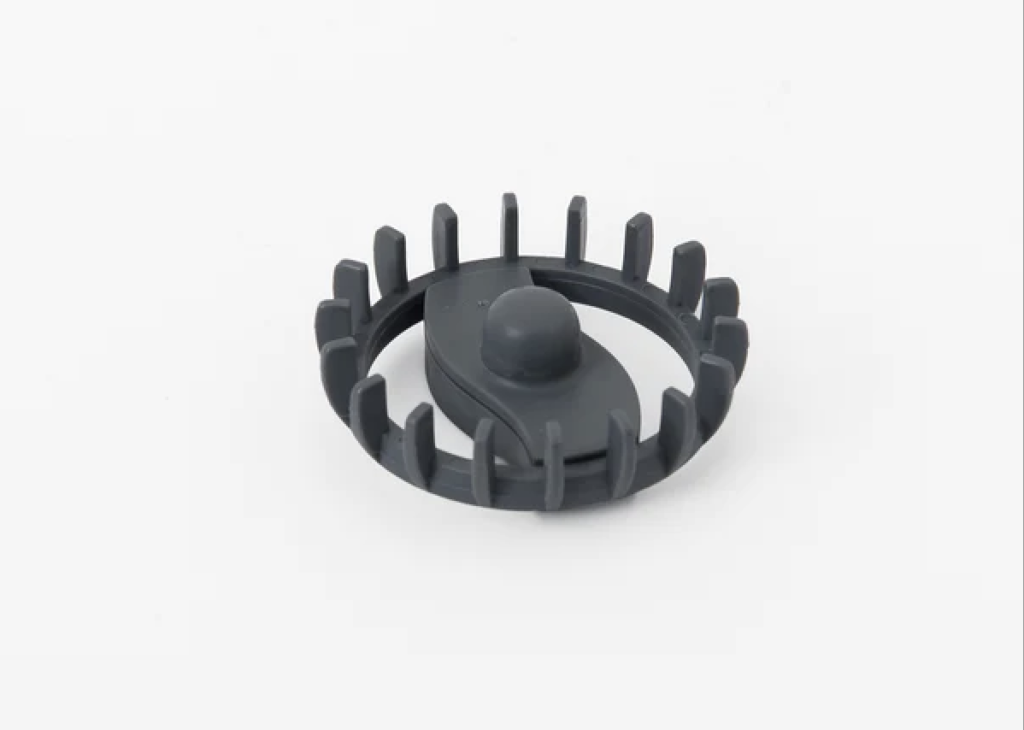
Sustainable Tea Capsule
Along with the convenience, their pursuit of this machine was to consider the environment. Currently now in the world, there are many single-use items, e.g. plastic bottles or used-up coffee capsules for coffee machines, which have conflicts between convenience and sustainability. They had believed that it is possible to achieve both of these goals, and in considering this realization, they came up with the idea of a tea capsule, “Chadutsu”.
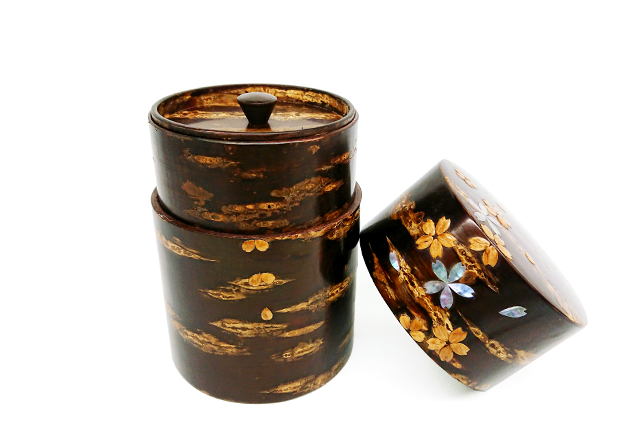
Japanese traditional tea capsules can save tea leaves.
This is a cylindrical container for storing tea leaves and a Japanese traditional item used to protect tea leaves from moisture and oxidation and to preserve the original flavor of the tea.
By mounting this “Chadutsu” on the machine, they have succeeded in both minimizing waste and ensuring convenience by storing a certain amount of tea leaves in the capsule, rather than generating waste each time like single-use coffee capsules that are often mounted in coffee machines.
Ideal Tea Leaves
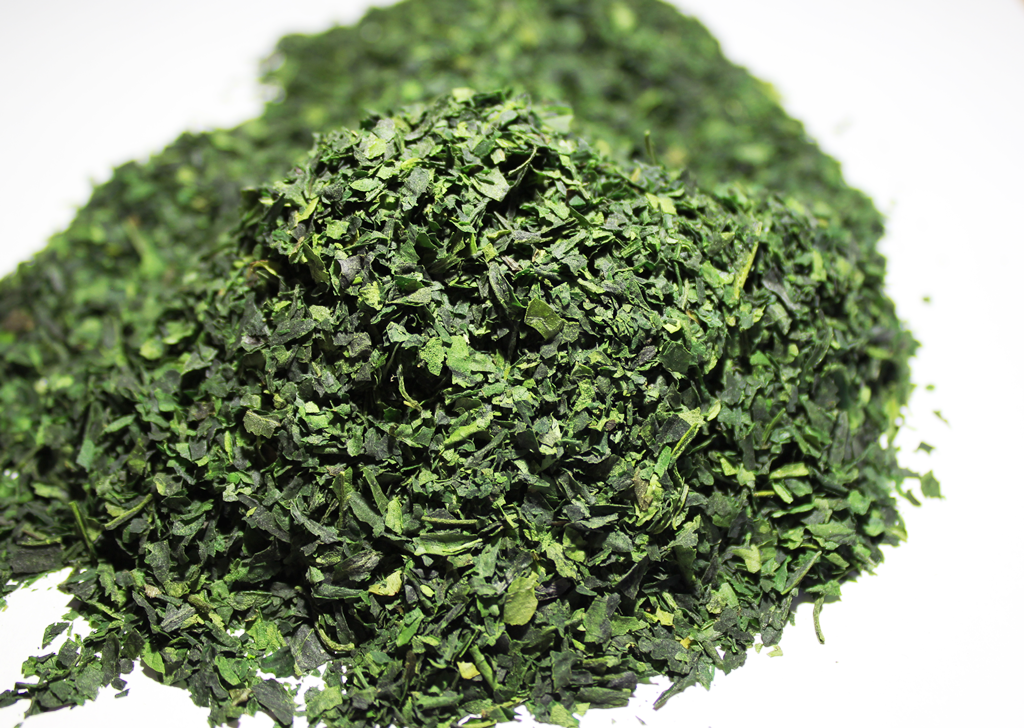
Organic Matcha is not Tasty?
Since matcha is a beverage in which the whole tea leaves are ingested, Eijiro had wanted to use full-organic tea leaves, which are free of pesticides and chemical fertilizers. However, organic tea leaves in Japan account for only a few percent of total production and are extremely difficult to obtain.
By visiting tea farmers, he had sought out organic tea leaves suitable for his ideal matcha. However, every time he visited a farmer, he heard that organic tea leaves had a reputation for not tasting good.
“Tencha”, the raw material for matcha, is more susceptible to insects than sencha because it is covered for 2-3 weeks before harvest to enhance its flavor. For this reason, natural farming methods that do not apply much fertilizer are common, but it was said that while insects are less, the flavor and also taste are reduced.
Visiting to Kirishima
Despite these difficult circumstances, Eijiro continued to visit tea farmers with his beliefs and met a farmer who had produced Tencha in Kirishima, Kagoshima Prefecture. Their farming method was based on the concept of giving the tea tree more nourishment and making it stronger like children well. This allows the tea plants to grow strong and less likely to get sick.
Their farming method is specifically to manage bacteria in the soil, by which the organic fertilizers broken down can be absorbed into the roots of the tea plants. They constantly had measured the moisture content of the soil, and when it became dry, they sprayed water assembled from underground onto the tea plantations.
Furthermore, the land of Kirishima is very suitable for tea cultivation due to the large difference in elevation and temperature, and the abundance of underground water.
How to Buy
As of 2022, Worldmatcha offers international shipping to Australia, Belgium, Canada, Denmark, France, Germany, Ireland, the Netherlands, New Aealand, Singapore, the UK.and U.S. in https://cuzenmatcha.com/cuzen.

